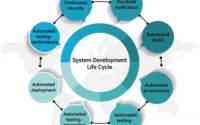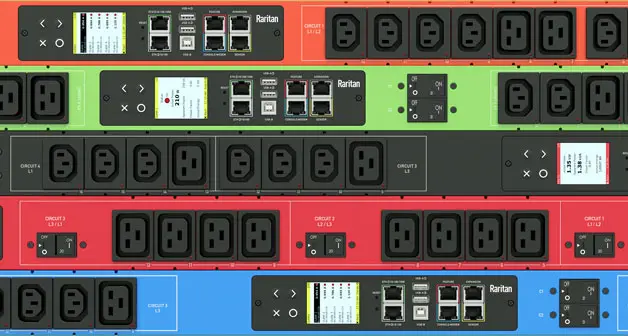User Feedback: A Valuable Resource for Employee Engagement Software Improvements
In today’s business world, companies continuously seek ways to improve their performance, productivity, and the satisfaction of their employees. One area that has garnered attention is employee engagement. Businesses acknowledge that engaged employees are more productive and loyal and contribute significantly to long-term success.
To optimize employee engagement softwares effectively, many organizations have embraced software solutions that facilitate communication, collaboration, and recognition. However, to truly maximize the effectiveness of these tools, companies must gather and leverage user feedback. User feedback serves as a resource for identifying areas of improvement and enhancing employee engagement software.
Recognizing the Significance of User Feedback
User feedback plays a role in improving and innovating any software product- including employee engagement software. By collecting and analyzing user feedback, companies gain insights into what aspects are functioning well and what can be enhanced. This valuable feedback helps organizations align their software with user needs, preferences, and workflows—ultimately resulting in an engaging tool for employees.
Capturing User Feedback
There are methods at companies’ disposal to capture user feedback for employee engagement software. One standard method involves conducting surveys or questionnaires online or through face-to-face interviews.
These surveys aim to gather insights into aspects of the software, such as its user-friendliness, functionality, and overall satisfaction. Another approach is establishing a user feedback forum or community where employees can freely share their thoughts, ideas, and suggestions. This creates a platform for interaction with users and allows them to express their opinions openly.
Analyzing and Taking Action on User Feedback
Once the user feedback has been collected, it becomes crucial to analyze and categorize the data to identify recurring patterns and themes. This analysis helps prioritize addressing pain points or opportunities for improvement.
It is essential to pay attention to feedback, especially positive feedback. Positive feedback highlights features or functionalities that work well and should be maintained or further enhanced. Negative feedback sheds light on areas of the software that may cause frustration or hinder user adoption.
Collaboration between Software Developers and Users
To improve employee engagement in software, fostering a relationship between developers and users is essential. Developers should actively seek out user feedback. Involve users in the process of creating solutions.
Involving users in decision-making is crucial for companies to meet their needs and expectations with their software. This collaboration can include organizing focus groups, conducting beta testing, or regularly checking in with users. Companies can foster a sense of ownership by engaging users as participants in the software development cycle.
Encourage Greater User Adoption
Developing employee engagement software should be a collaborative process of development and continuous improvement rather than a one-time implementation. Companies should view user feedback as an opportunity for refinement and enhancement rather than a one-off exercise.
By gathering user feedback, companies can stay aligned with evolving user needs and preferences. Embracing an agile development approach allows for improvements to the software’s functionality, ensuring its relevance and effectiveness and keeping it up to date.
Impact of User Feedback
The impact of user feedback on employee engagement is significant. When companies actively seek and utilize user feedback to improve their employee engagement software, they experience benefits. Firstly, tailoring the software to meet user needs increases employee satisfaction and usage. When employees feel listened to and valued through their input being considered in the softwares development, it promotes collaboration and communication and ultimately boosts productivity.
Furthermore, it’s essential to consider user feedback to identify areas where employees may feel disconnected or disengaged from the organization. By addressing these concerns, companies can create captivating work environments that foster a sense of belonging and loyalty among their workforce.
In conclusion, employee engagement software holds the potential to revolutionize how organizations communicate, collaborate, and recognize their employees. However, it is essential to embrace user feedback to unlock this potential entirely. By incorporating user input and continually improving based on their suggestions, companies can customize their software better to meet the needs and preferences of their employees. This user-centric approach increases employee engagement, productivity, and overall organizational success. Hence, organizations should view user feedback as a resource to enhance employee engagement software and achieve outcomes.
Got stuck in a game? Don’t worry, Steve is here to solve all your queries and give you some hacks about your favorite game.


